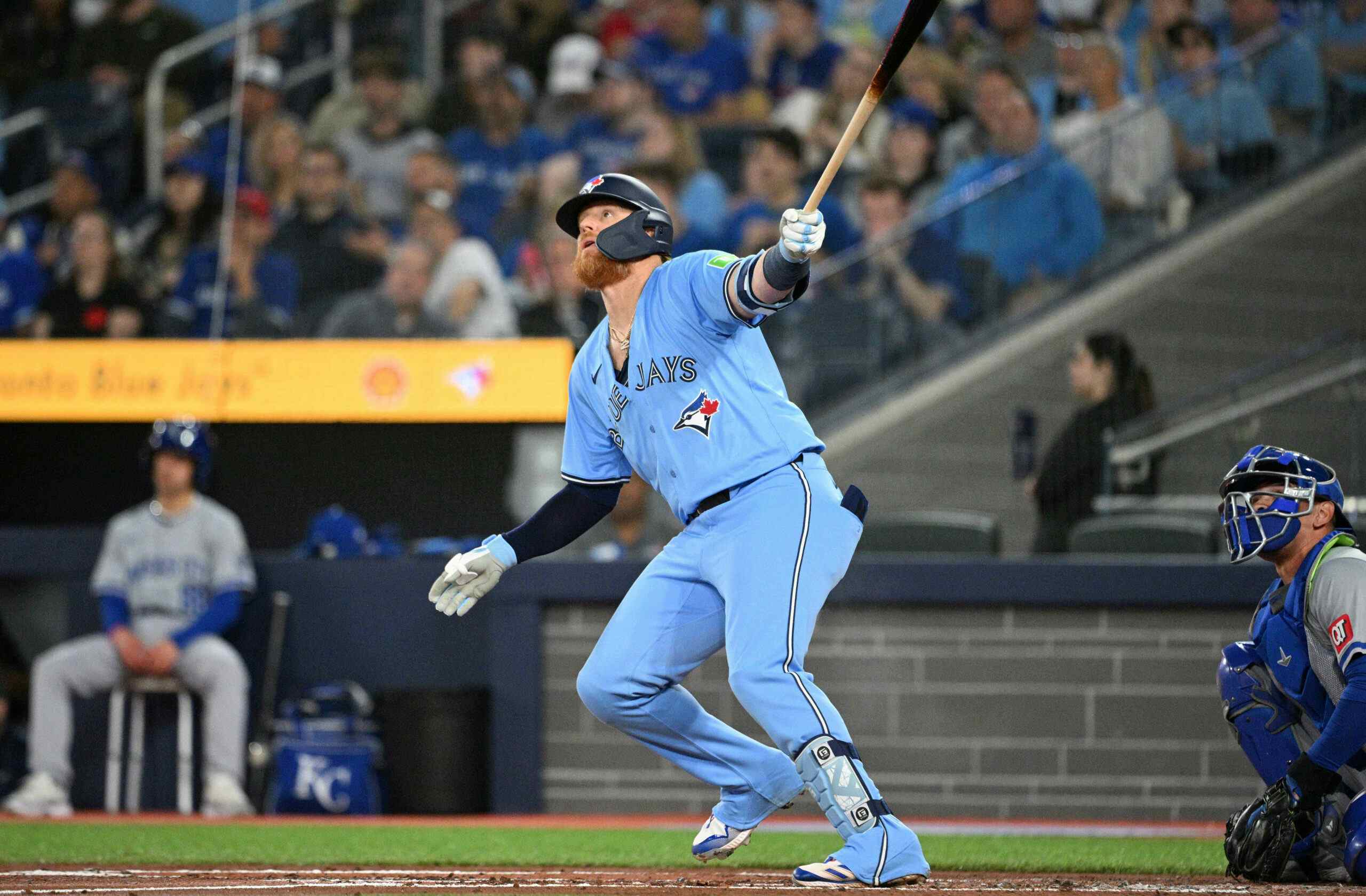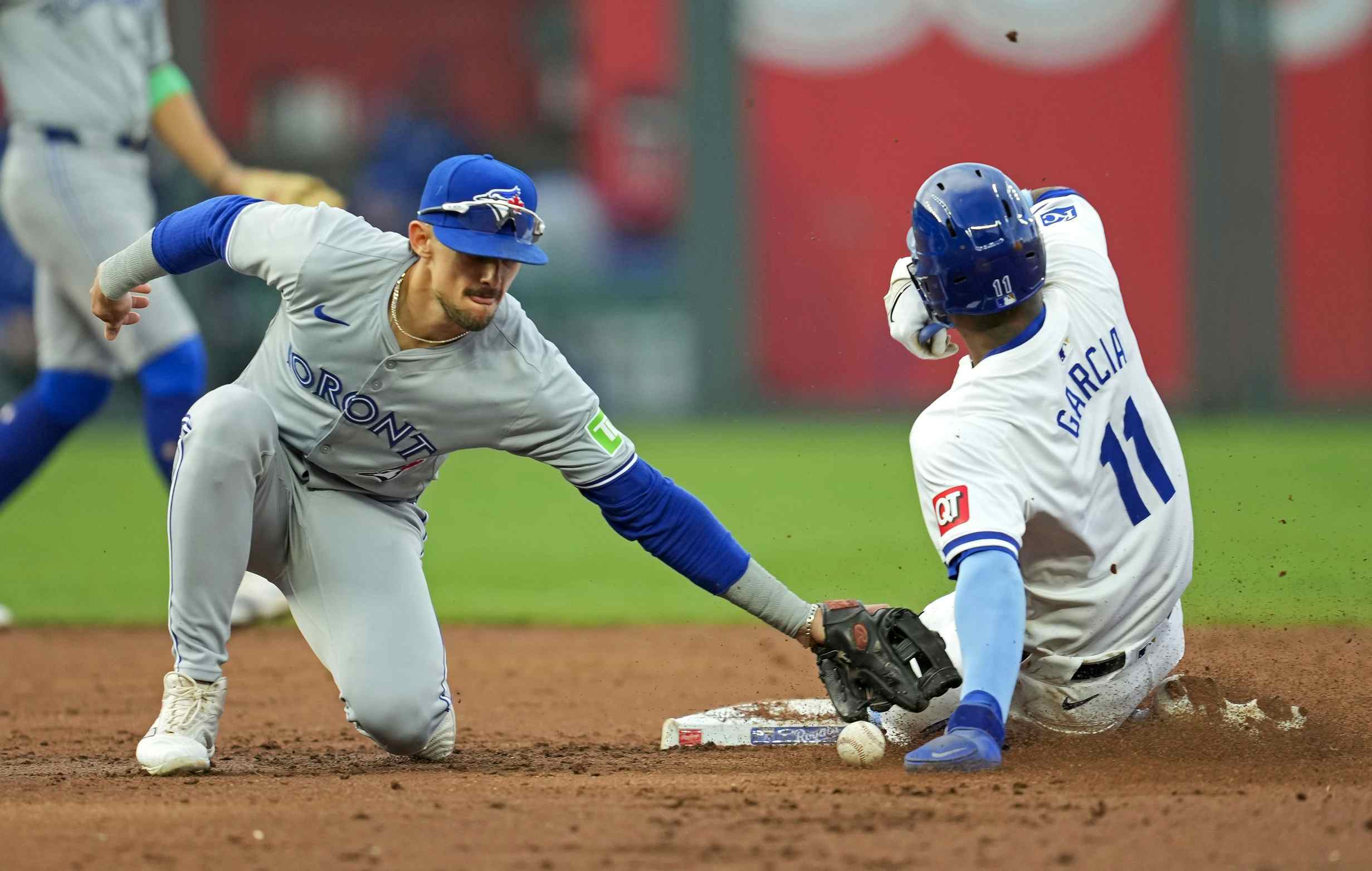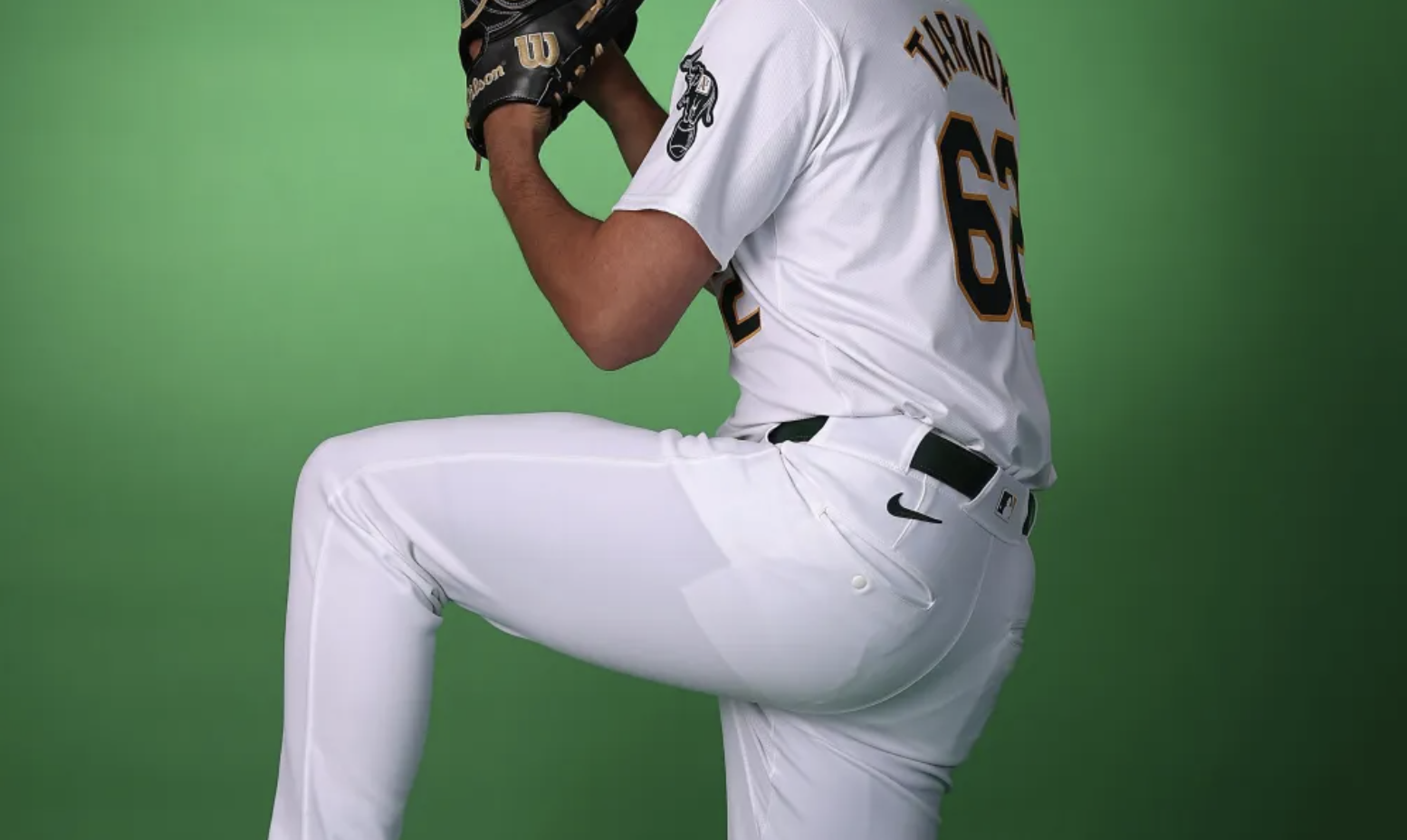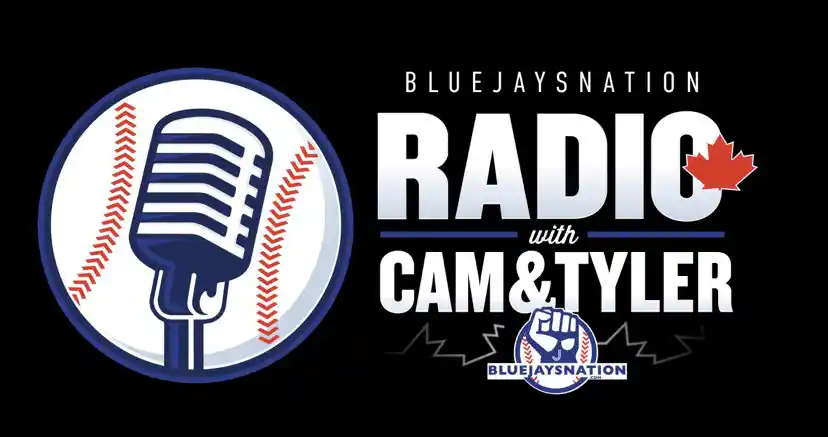Blue Jays take a conservative approach on Day 2 of the draft, selecting three college pitchers and an outfielder

By Cam Lewis
3 years agoThe 2020 draft already looked like a slam dunk for the Blue Jays as Austin Martin, arguably the best all-around player available, fell into their lap with the fifth-overall pick.
Given Martin was expected to go second overall, the Jays will likely have to sign the Scott Boras client to an over-slot deal. Had Martin gone second overall as he might have been expecting, his recommended value would have featured a $7.79 million signing bonus. Sliding to fifth brings that suggested bonus to $6.18 million.
Obviously, the Boras thing might make fans worry about Martin’s signability, but Ross Atkins noted after the draft that the Jays had been in contact with Martin’s representation ahead of making the selection. Had they not felt comfortable they’d be able to reach a deal, they probably wouldn’t have picked him. None of the top picks made in the Mark Shapiro and Ross Atkins era have gone unsigned.
“We were extremely happy that Austin was there,” Ross Atkins told Sportsnet. “We were prepared for that. We had worked through that scenario (and) have had dialogue with his representation as well. We felt very good about making the selection.”
The money the Jays spend to go over-slot on Martin, of course, will take away the money they have available to sign their later picks. As a result, the Jays had a predictably conservative strategy on the second day of the draft, selecting college players they wouldn’t have to go over-slot to sign.
Let’s talk about the team’s later picks…
No. 42: RHP C.J. Van Eyk
Back in 2017, Van Eyk was a high school pitcher who generated quite a bit of buzz, but an arm injury in his senior season resulted in him getting drafted in the 19th round. Rather than taking a small signing bonus, Van Eyk went to Florida State where he became the team’s ace. In four starts before the season was cancelled, Van Eyk posted a sparkling 1.31 ERA, though his 12 walks in 20 2/3 innings is a bit of a concern.
MLB Pipeline had Van Eyk ranked No. 39, Baseball America had him at No. 46, and Keith Law had him as high as No. 22 in his Top-100 heading into the draft. Law noted that had the season been cancelled a couple of weeks earlier, Van Eyk easily could have been a top-15 selection, but his command issues really flared up in the latter half of his four starts.
Van Eyk’s projection appears to be a back-of-the-rotation starter.
Van Eyk has a solid three-pitch mix that he knows how to use extremely well. He’s been up to 95 mph, usually working in the 93-94 mph range, with his fastball and commands it well to both sides of the plate. He really knows how to spin his curveball, a breaking ball with almost 12-to-6 action that has really good late downward bite. He throws it in the upper-70s more often than not, but can add and subtract as needed. His changeup is his third pitch, and would be more effective if it had more sink, but he does throw it with good arm speed to fool hitters. – MLB Pipeline
No. 77: RHP Trent Palmer
Though he was mostly used as a reliever during his first two seasons at Jacksonville, Palmer appeared to be in the midst of a breakout season before COVID-19 shut everything down. Through four starts in 2020, Palmer had a 1.30 ERA and struck out 41 batters while walking just five. Had he continued that showing for an entire NCAA season, Palmer probably would have gone higher than the third round.
MLB Pipeline had him ranked No. 114, Baseball America had him at No. 165, and Keith Law had him No. 76 on his pre-draft Big Board. Law notes that Palmer likely projects to be a reliever long-term, but his small sample size of success this spring is intriguing.
While not a prototype for a starting pitcher size-wise (6-foot-1, 230 pounds), some scouts do feel he has the chance to stick in a rotation because of his ability to maintain velocity and have a three- or four-pitch mix. He throws his fastball in the 91-96 mph range with good sink and he backs it up with a pair of solid secondary offerings. His changeup is a splitter thrown with good arm speed and downward action in the 82-84 mph range, and he throws a 79-83 mph slider with sweeping action, but with some depth. He can toss in a slower curveball in the low 70s, but it’s definitely a fourth pitch. – MLB Pipeline
No. 106: RHP Nick Frasso
Once a high school basketball star, Frasso’s calling card is his incredible athletic ability. He’s 6’5 and can toss as hard as 97 miles-per-hour. The question, though, is his health. Frasso suffered an injury this spring that limited him to just eight-and-two-thirds innings in 2020. Before that, he had mostly been used as a reliever at Loyola Marymount.
If he had a full, healthy NCAA season and proved he could be a starter this year, Frasso likely would have gone much higher than the fourth round given his size and athletic ability. But, without any history of success as a starter and a bit of a wonky delivery, Frasso didn’t have much hype. Keith Law didn’t have him in his Top-100, MLB Pipeline ranked him No. 98, and Baseball America had him No. 107.
Still, despite the risk attached, Frosso might have the highest upside of the three arms Toronto grabbed in the draft this year.
Frasso pitched mostly in relief as a sophomore so he could have more of a regular impact, and ended up saving 10 games. But he began his junior year as a starter, with the chance to work on his three-pitch mix. The velocity is now there consistently when healthy, and the 6-foot-5 right-hander is up to 97 mph with his fastball. He’s lived off his four-seamer up in the zone almost entirely during his college career and it misses a ton of bats, as it has tremendous life. He has a sweeping 74-76 mph curve that can be effective at times as he tunnels it off of his fastball and shows some glimpses of an 80-82 mph changeup. – MLB Piepline
No. 136: OF Zach Britton
The Jays certainly know this guy really well since he spent so much time sitting in their visiting bullpen during the 2016 wild card game. HEYYYYO!
But that’s Zack Britton I’m talking about. This is Zach Britton, a college outfielder the Jays grabbed with their final pick in the 2020 draft. He didn’t have much fanfare coming into the draft, Pipeline and Law didn’t have him on either list and Baseball America had him at No. 192 on their list, but Britton has posted some solid numbers with Louisville.
This season, he slashed a .322/.446/.542 line over 74 plate appearances, smacking 11 doubles, walking nine times, and striking out 12 times. He has a smooth, left-handed swing that caters more towards hitting doubles that hitting home runs.
Next up, we’ll have the scramble for signing the undrafted talent that didn’t get selected during this year’s shortened five-round draft.
Recent articles from Cam Lewis





